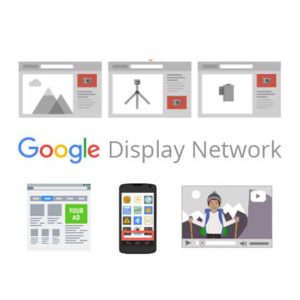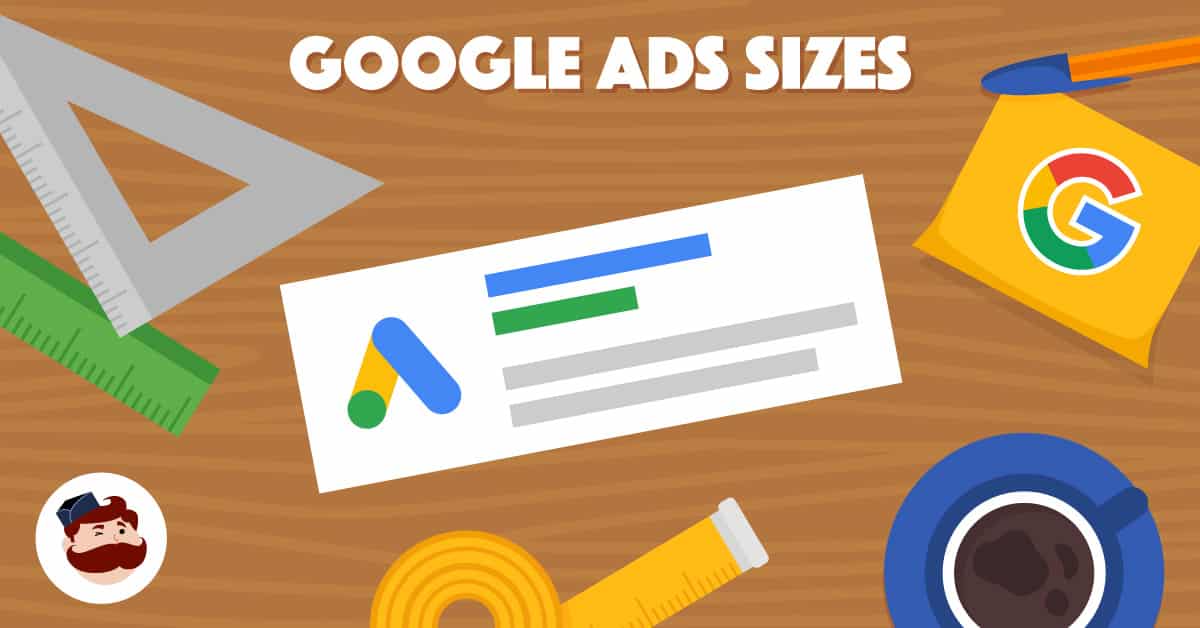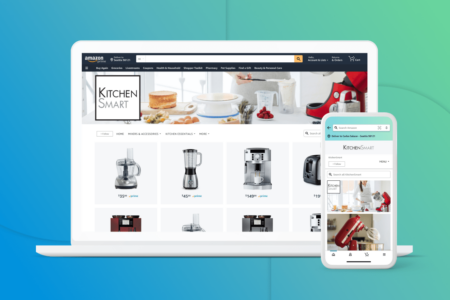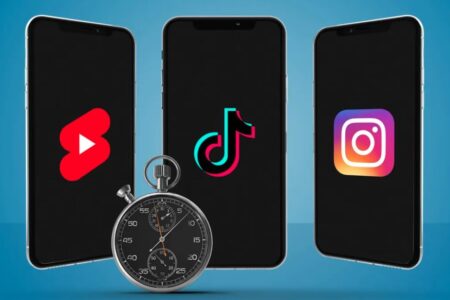 Creating and optimising your Google Display Network ads can be a difficult process with a harsh reality check. Often, that reality check comes at the tail end of a wasted ad budget.
Creating and optimising your Google Display Network ads can be a difficult process with a harsh reality check. Often, that reality check comes at the tail end of a wasted ad budget.
But this doesn’t have to be the case. If you’re spending any money on banner ads, one of the best ways to save your business from a wasted ad budget is to know what size banners you should be using. Although it may seem like all banner images are created equal, the truth is that some of them are going to reap greater rewards than others.
So, in this piece, we are going to discuss some of the best image size options that will help drive traffic to your website and earn more conversions.
The Importance Of Banner Ad Size
When you’re choosing a banner ad for the Display Network, one of the main things you have to consider is the size of the ad. Although it would be amazing if you could simply design an ad and leave it at that, advertising isn’t that straightforward.
Size is important for generating impressions, clicks, and, ultimately, conversions. Selecting the wrong banner size will effectively restrict how much reach your campaigns have. And if you’re attempting to target a specific demographic, this could make your ads completely ineffective.
You have to prepare and optimise your banner sizes as much as possible, as size selection can affect the placement of your ad, how often users see it, and whether or not the Display Network will even show the ad.
So, with this in mind, there are some great options to work with. Below are some of the highest performing banner ad sizes that are guaranteed to make an impression on your target audience.

1. Ad Size: 300×250
This image size is called the “medium rectangle”, and it is one of the most widely-utilised banner ad sizes available.
It is relatively compact and doesn’t require much space compared to larger options like the 300×600. This is part of what makes it a popular option for so many marketers. Another benefit is that this banner typically gets embedded in the text, which erases the possibility of “banner blindness”. This phenomenon is when users ignore banners because they believe an ad will be present in it.
So, in-text placement and availability make this an outstanding option for many marketers. If you’re new to the banner ad game, this is the perfect place to start.
2. Ad Size: 336×280
This is called the “large rectangle” ad type. This banner variety doesn’t receive the same number of impressions as the “medium rectangle”, but it still tends to have a great number of publishers and sites that use it.
It is about the same size as the “medium rectangle”, but slightly bigger. It is a great option for brands that want their ad embedded in the text of a piece where more users can see it.
3. Ad Size: 728×90
This banner size is called the “leaderboard”, as it is typically displayed prominently at the top of the page it’s published on. It’s an awesome choice for marketers that want to have their ad seen by as many eyes as possible.
According to Google, this banner variety should always be on a forum-style site or at the top of content. If you see it elsewhere on a webpage, you might want to opt against having your ad placed in that spot.
4. Ad Size: 300×600
This is called the “half page” size, even though it doesn’t completely cover a full half-page. The purpose of this banner is to give marketers a little more room to get their message across. As you’re taking up more page space, you’ve got a higher chance of catching the eye and, thus, receiving a click.
The banner displays prominently against the imagery and copy on a post and provides more opportunity to stand out against it. If you place these ads strategically, you should see awesome results.
According to Google, this banner variety is currently one of the fastest growing sizes by impressions due to its ability to generate an outstanding visual impact. If you’re looking toward banner ads, this could be your ideal choice.
5. Ad Size: 320×100
This banner variety is called the “large mobile banner”, and it is recommended to be used alongside the shorter or taller 320×50 or 300×250 selections. They fit comfortably on a webpage and don’t detract much from surrounding content. They are also smaller, making them a great selection for mobile devices.
What’s more, they offer greater visibility than the shorter “leader” images on mobile devices. All of this considered, they are probably the best choice for mobile advertising.
Conclusion
Although setting up banner ads can be a boring, tech-heavy process, you don’t want to be caught out with the wrong size image in your banner ad. This can lead to fewer clicks, as well as make your brand look unprofessional.
Size is vital; it is imperative for impressions, clicks and for mobile devices. You can’t just use a one-size-fits-all approach, and should follow recommend image sizes if you want to see success. Whilst they won’t guarantee clicks, they will ensure that your ad performs and looks much better on the page.



